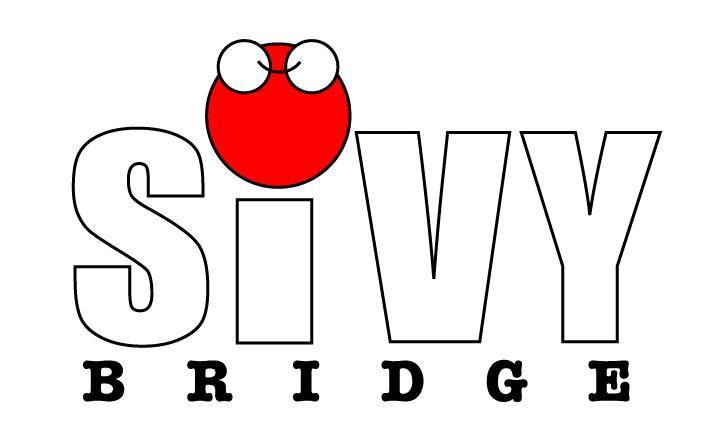Mathematical Aspects of Bridge
Testimonials
“As a math teacher, I’m always looking for tricks to make teaching formulas easier. Ever since bridge instruction has been included as a part of curriculum enrichment, I’ve noticed my students coming up with their own tricks! Bridge and math are similar in that you have to plan, figure and strategize — and those are skills that can be utilized in other subjects, as well as life in general.”
– Cathelyn Quick, Math Teacher, Marlboro County Schools, SC
“I had a brilliant child in my class one year who had been accelerated. He was excellent at math, but was lacking in social skills. He joined our school bridge club and I saw his social skills develop rapidly. This helped him immensely when he entered high school.”
– Liz Figueroa, Gifted Teacher, McMillan Magnet in Omaha, NE
"The teachers’ reports noted improvements in attitude and math skills. I was so impressed that the children would come indoors to play, even on sunny days, that my wife and I joined an introductory bridge class."
-Don Berry, Teacher
“I love how Bridge makes me think, and continually challenges me. I could play my whole life and still learn new things about the game. Learning to play at ten years was the perfect age because I had already developed some math and problem solving skills, then bridge just fine tuned them.”
– Angie Green, 15 yrs, Alpharetta High School, GA
"Learning to play bridge is fun. Bidding and counting points help me answer questions faster in math class."
-Eddie Burgess, Middle School Student
Bridge instruction meets state standard learning expectations for subjects such as Mathematics and Language Arts. Additionally, bridge instruction is designed to meet the government mandated public school requirements of No Child Left Behind — Title V; specifically “Innovative Programs” and “Partnerships in Character Education.
Numbers & Operation
Students incorporate multiple evaluation methods to assess the value of their hand as well as their partner’s and how to weigh these values.
Data Analysis & Probability
Students confront situations in each hand (game) which require them to assess the probability of certain outcomes and make decisions accordingly.
Algebra
Players reason from the communication skills learned in the bidding aspect of the game, the value of their hand (a), plus the value of their partner’s hand (b), must equal a specific total (c). Therefore, decisions are then made to achieve their goal.
Problem Solving
Each hand (game) amounts to a set of problems that must be evaluated and re-evaluated in the span of a few minutes.
Reason & Proof
Based upon communication skills learned during the teaching process, students reason that they can achieve a stated goal (contract), which they set out to prove. flaws in the proof result in scoring adjustments.
